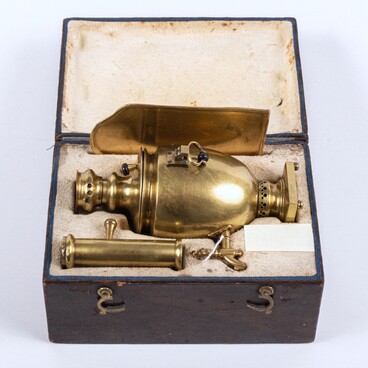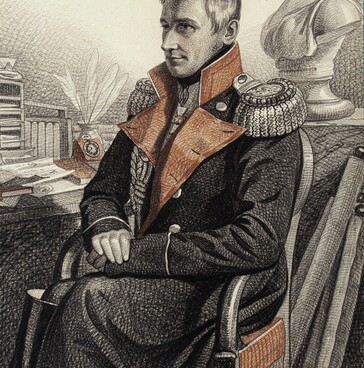The art collection of the National Pushkin Museum includes a canvas “Odessa. View of the First City Theater” by the Russian artist and engraver Pavel Ivanovich Meyer.
The Opera and Ballet Theater was built by the French architect Jean-François Thomas de Thomon. In the “Treatise on Art”, the author describes his work as follows, “The façade of this theater is a small Greek temple. It has six Ionic columns standing on a plinth, the middle of which is an entrance to the lobby leading to the parterre and the corridor of the theater. There are three main entrances and six exits.” Subsequently, the Odessa architect Frapolli slightly changed the project. The portico became more solemn and occupied the entire width of the building; festoons and a frieze replaced expensive statues of the muses. On the night of January 2, 1873, the theater completely burned down and was rebuilt according to the project of the Viennese architects Ferdinand Fellner and Hermann Helmer. The opening of the new Opera and Ballet theater took place on October 1, 1887.
Pushkin arrived in Odessa in early July 1823. The
Italian opera company, led by Buonavoglia, with the prima donna Adelina
Catalani, gave a performance in the theater. It also presented Rossini’s operas
“La Cenerentola” (“Cinderella”), “The Barber of Seville”, “L’italiana in
Algeri” (“The Italian Girl in Algiers”), “The Thieving Magpie”, “The Turk in
Italy”, and “Semiramide”. In 1820, Adelina Catalani was on tour and gave two
concerts on May 26 and 31 in St. Petersburg. Pushkin could not come to those
performances. But in Odessa, he could fully enjoy her singing. Mikhail Buturlin
recalled,


